Getting started
Contributing
User Guide
Local Setup

The guide for contributors (or curious developers) who want to run Twenty locally (on laptop, PC...)
Prerequisites
Before you can install and use Twenty, make sure you install the following on your computer:
npm won't work, you should use yarn instead. Yarn is now shipped with Node.js, so you don't need to install it separately.
You only have to run corepack enable to enable Yarn if you haven't done it yet.
Step 1: Git Clone
In your terminal, run the following command.
If you haven't already set up SSH keys, you can learn how to do so here.
git clone [email protected]:twentyhq/twenty.git
Step 2: Position yourself at the root
cd twenty
You should run all commands in the following steps from the root of the project.
Step 3: Set up a PostgreSQL Database
Option 1 (preferred): To provision your database locally: Use the following link to install Postgresql on your Linux machine: Postgresql Installation
psql postgres -c "CREATE DATABASE \"default\";" -c "CREATE DATABASE test;"
Note: You might need to add sudo -u postgres to the command before psql to avoid permission errors.
Option 2: If you have docker installed:
make postgres-on-docker
You can now access the database at localhost:5432, with user postgres and password postgres .
Step 4: Set up a Redis Database (cache)
Twenty requires a redis cache to provide the best performance
Option 1: To provision your Redis locally: Use the following link to install Redis on your Linux machine: Redis Installation
Option 2: If you have docker installed:
make redis-on-docker
If you need a Client GUI, we recommend redis insight (free version available)
Step 5: Setup environment variables
Use environment variables or .env files to configure your project. More info here
Copy the .env.example files in /front and /server:
cp ./packages/twenty-front/.env.example ./packages/twenty-front/.env
cp ./packages/twenty-server/.env.example ./packages/twenty-server/.env
Step 6: Installing dependencies
To build Twenty server and seed some data into your database, run the following command:
yarn
Note that npm or pnpm won't work
Step 7: Running the project
Depending on your Linux distribution, Redis server might be started automatically. If not, check the Redis installation guide for your distro.
Set up your database with the following command:
npx nx database:reset twenty-server
Start the server, the worker and the frontend services:
npx nx start twenty-server
npx nx worker twenty-server
npx nx start twenty-front
Alternatively, you can start all services at once:
npx nx start
Step 8: Use Twenty
Frontend
Twenty's frontend will be running at http://localhost:3001.
You can log in using the default demo account: [email protected] (password: [email protected])
Backend
- Twenty's server will be up and running at http://localhost:3000
- The GraphQL API can be accessed at http://localhost:3000/graphql
- The REST API can be reached at http://localhost:3000/rest
Troubleshooting
If you encounter any problem, check Troubleshooting for solutions.
Noticed something to change?
As an open-source company, we welcome contributions through Github. Help us keep it up-to-date, accurate, and easy to understand by getting involved and sharing your ideas!
